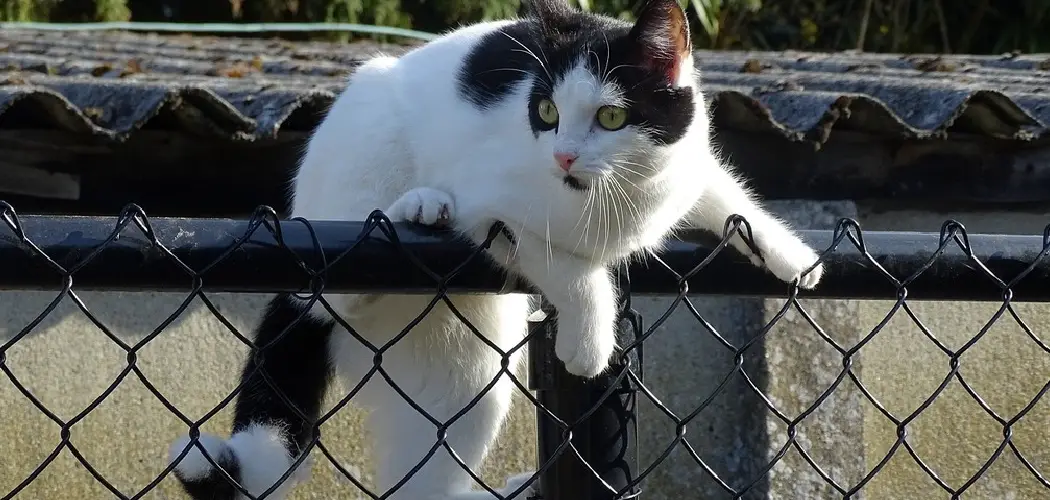Have you ever gazed longingly out your window as your curious cat watched birds flit about in your neighbor’s yard, desperately wishing you could let them explore the great outdoors without fear of escape? If so, you know the struggle of owning an inquisitive feline friend who seems determined to push the boundaries of their enclosure.
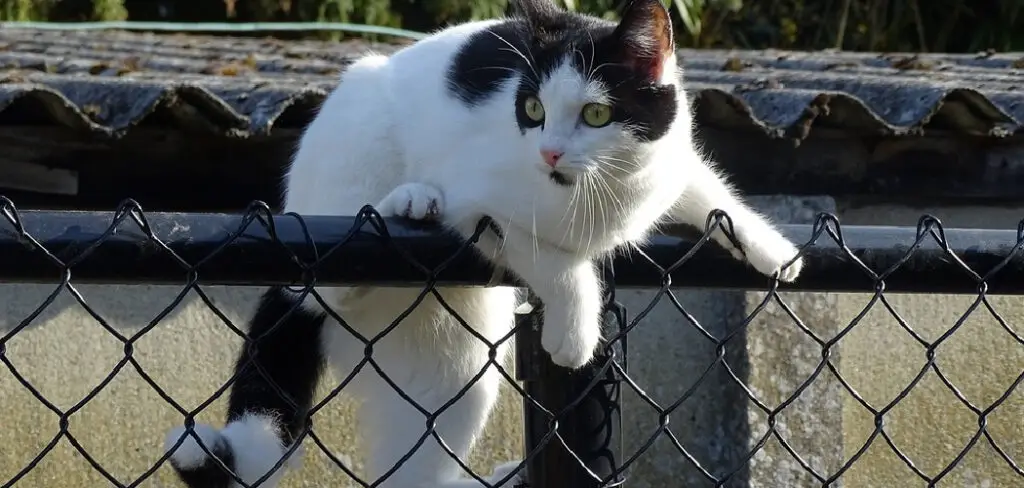
While many homeowners opt to keep cats confined to indoors, I’m a firm believer that our furry companions deserve supervised access to fresh air and exercise whenever possible.
In this post, I’ll share some practical and affordable techniques on how to cat proof a fence. From reinforcing weak points and sealing gaps to adding barriers and motion sensors, I’ll break down simple solutions to keep curious kitties securely in their yard. Let’s get started making your fence feline-escape proof!
Why is It Important to Cat Proof a Fence?
1 . To Keep Cats Safe
Cats are naturally curious and love to explore their surroundings. This often means they will attempt to climb or jump over fences, which can be dangerous for them. By cat proofing your fence, you can ensure that your feline friend stays safe and out of harm’s way.
2 . To Prevent Escape
Outdoor cats may try to escape through gaps or holes in the fence, especially if they see something interesting on the other side. This can lead to them getting lost or injured. Cat proofing your fence can prevent this from happening and give you peace of mind knowing that your cat is safely contained within your yard.
3 . To Protect Your Garden
Cats have a natural instinct to hunt and explore, which can be a problem for your garden. They may dig up plants, use your flower beds as a litter box, or destroy your carefully cultivated landscaping. Cat proofing your fence can prevent cats from entering your garden and causing damage.
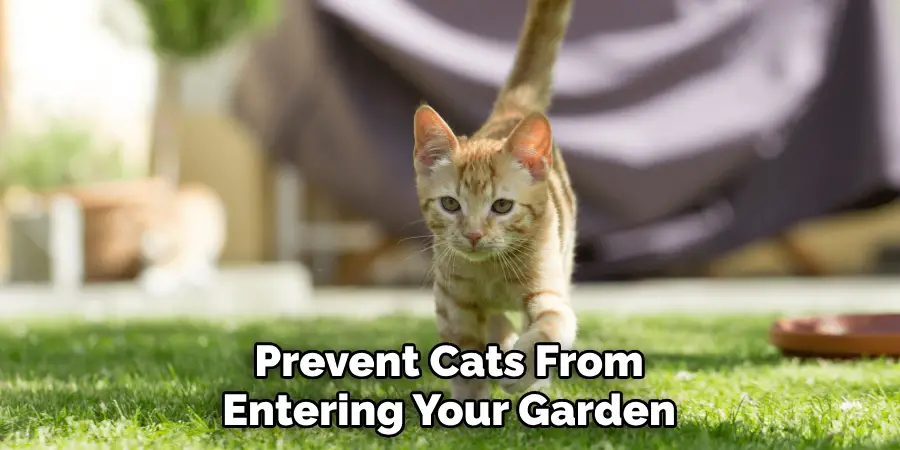
4 . To Avoid Neighborhood Conflicts
Cats are territorial animals and may get into fights with other cats in the neighborhood. By cat proofing your fence, you can prevent other cats from entering your yard and potentially causing conflicts with your own cat. This will not only keep your cat safe but also maintain good relations with your neighbors who may have their own cats.
5 . To Protect Wildlife
Cats are natural hunters and can be a threat to the local wildlife. By keeping your cat contained within your yard, you can prevent them from hunting birds, lizards, and other small animals in the neighborhood. This is not only beneficial for the wildlife but also for your cat’s health as they may come into contact with disease-carrying animals while hunting.
15 Tips on How to Cat Proof a Fence
1 . Install a cat fence
A cat fence is the most effective way to keep your cats contained in your yard and safe from outside dangers. The fence should be at least 6 feet tall and made of smooth materials that prevent cats from climbing over it. Also make sure any gates are securely closed so your cats can’t escape.
2 . Use wire mesh
Using a wire mesh barrier at the bottom of the fence will prevent your cats from digging their way out. The mesh should be buried at least 6 inches deep and extend outwards by about 1 foot to keep determined diggers from escaping.

3 . Trim tree branches
Cats are natural climbers and can easily use overhanging tree branches to jump over a fence. Keep your trees trimmed back so there are no branches near the top of the fence that your cats can access. Also make sure any nearby structures, such as sheds or playhouses, are not close enough to the fence for cats to use as a launchpad.
4 . Avoid chain link fences
Chain link fences may seem like a good option for keeping cats in, but they have small gaps that cats can easily squeeze through. If you do have a chain link fence, consider adding a mesh barrier to the inside to prevent cats from escaping.
5 . Use deterrents
There are various cat deterrents available, such as motion-activated sprays or spikes, that can be placed along the top of your fence. These will discourage your cats from trying to climb over the fence.
6 . Opt for a privacy fence
A solid privacy fence is a great option for keeping cats contained as they can’t see what’s on the other side and will be less likely to try and escape. Additionally, a privacy fence can also help keep out external threats that may entice your cats to leave.
7 . Consider cat-proof rollers
Cat-proof rollers are an innovative solution that makes it nearly impossible for cats to climb over a fence. The rollers are installed along the top of the fence and spin when a cat tries to grip onto them, preventing them from gaining any traction.
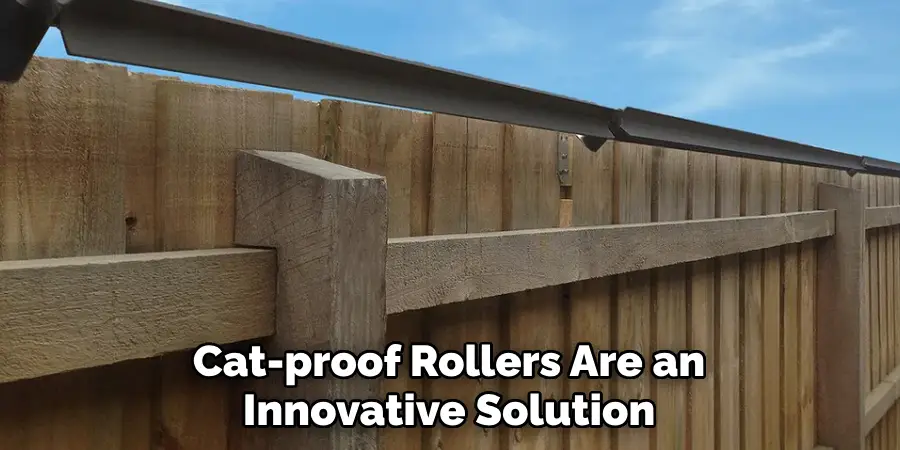
8 . Add barriers to gates
Gates are often a weak spot in cat-proofing fences as they can easily be pushed open or climbed over. To prevent this, consider adding barriers such as mesh or wire to the inside of gates to make it more difficult for cats to escape.
9 . Keep toxic plants away
If you have plants growing along your fence, make sure they are not toxic to cats. Cats are curious by nature and may try to nibble on these plants, which can be harmful or even fatal. Research which plants are safe for cats and remove any toxic ones.
10 . Create a barrier under the fence
If your fence has wide gaps between the bottom, consider adding a barrier such as chicken wire or mesh to prevent cats from squeezing through. This can also help keep out other animals that may pose a threat to your cat’s safety.
11 . Use cat-friendly deterrents
Some natural repellents, such as citrus peels or coffee grounds, can be effective in keeping cats away from your fence. These substances are non-toxic to cats and can be sprinkled along the base of the fence to discourage them from approaching.
12 . Train your cat
Training your cat not to jump or climb over the fence is a great preventative measure. This can be done through positive reinforcement by rewarding your cat for staying in the yard and discouraging any attempts to escape.
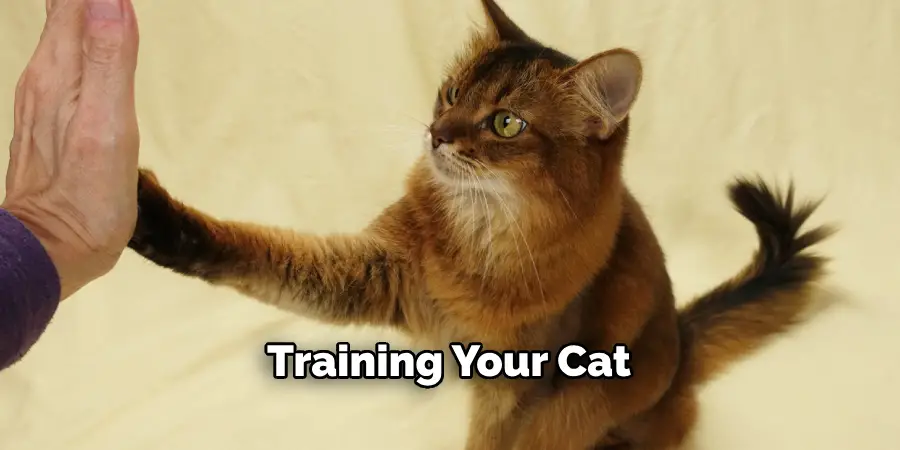
13 . Consider a catio
A catio is an enclosed outdoor space specifically designed for cats. This can be attached to your house or placed within your yard, providing a safe and secure area for your cats to enjoy the outdoors.
14 . Supervise outdoor time
While your fence may be cat-proof, it’s always a good idea to supervise your cats when they are outside. This will allow you to intervene if they attempt to escape or encounter any potential dangers.
15 . Keep up with maintenance
Regularly inspect and maintain your fence to ensure there are no weak spots or areas where cats can escape. Repair any damage promptly and make necessary adjustments to keep your fence cat-proof.
Frequently Asked Questions
What Precautions Should I Take When Cat Proofing a Fence?
Before starting with the process of cat proofing a fence, you should keep in mind that cats can jump and climb very well. This means that you will need to take extra precautions when it comes to your fencing. Here are some tips to help you get started:
- Make Sure Your Fence is High Enough: A traditional fence should be at least 6 feet tall to ensure that your cat can’t easily jump over it.
- Add a Barrier on Top of the Fence: To further prevent your cat from jumping over the fence, you can add barriers such as chicken wire or mesh netting on top of the fence. Make sure to secure it tightly so that your cat can’t push through.
- Check for Any Holes or Gaps: Cats are excellent at finding small openings to squeeze through. Make sure to check your fence for any holes, gaps, or other weak spots that your cat can exploit.
- Install a Cat-proof Gate: Your gate should be secure and not easily opened by your cat. You can use childproof latches or self-closing hinges to ensure that your gate stays shut at all times.
- Consider a Leaning Fence: If you have a shorter fence, you can create an angled extension on the top to make it harder for your cat to climb over. This will also add extra height to your fence.
- Use Motion-activated Deterrents: Motion-activated devices such as sprinklers or ultrasonic emitters can help keep your cat away from the fence.
- Train Your Cat: As with any training, it will take patience and consistency to teach your cat that they are not allowed on or over the fence. Reward them when they stay on their side of the fence and redirect them when they try to climb or jump over.
What Materials Should I Use When Cat Proofing a Fence?
When it comes to materials, there are a few options you can consider for cat proofing your fence:
- Chicken Wire: This is an affordable and easy-to-use option for creating barriers on top of your fence.
- Mesh Netting: Similar to chicken wire, mesh netting can be easily attached to the top of your fence with zip ties or staples.
- PVC Pipe or Rollers: This option involves attaching PVC pipes or plastic rollers along the top of your fence to prevent cats from gaining traction and climbing over.
- Metal Brackets: Installing metal brackets on top of your fence will create a barrier that is difficult for cats to climb over.
- Motion-activated Deterrents: As mentioned before, motion-activated devices can also help keep your cat away from the fence.

How Often Should I Check and Maintain My Cat Proof Fence?
It’s important to regularly check and maintain your cat proof fence to ensure that it remains effective. Here are a few tips on how often you should perform maintenance:
- Check for Any Holes or Gaps: Perform a visual inspection of your fence at least once a month to check for any holes, gaps, or other weak spots that your cat may have found.
- Replace Any Damaged Materials: If you notice any damage to the materials used for cat proofing, make sure to replace them as soon as possible.
- Keep Vegetation Trimmed: Cats can use nearby trees or overgrown plants to jump onto your fence. Make sure to keep any vegetation near your fence trimmed and away from your fence.
- Repaint or Re-stain the Fence: If you have a wooden fence, regular maintenance such as repainting or re-staining can help keep it strong and sturdy.
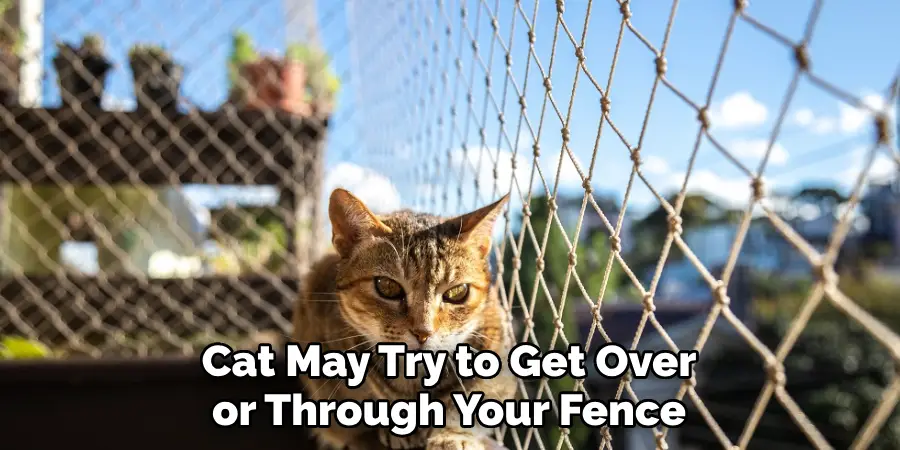
Remember to always be on the lookout for any new ways your cat may try to get over or through your fence. With proper precautions and maintenance, you can successfully cat proof your fence and keep your furry friend safely contained in your yard. Overall, cat proofing a fence may take some time and effort, but it will give you peace of mind knowing that your cat is safe and secure in their outdoor space.
Conclusion
In conclusion, we have discussed various methods and techniques on how to cat proof your fence and keep your beloved feline safe and secure. From using specific materials and design strategies to considering your cat’s personality and behaviors, there are many ways to ensure that your fence is a safe boundary for your pet. It is important to remember that cats are curious and agile creatures, so it may take some trial and error to find the best solution for your particular feline friend.
Now you know how to cat proof a fence. However, with patience and determination, you can create a cat-proof fence that will give you peace of mind while allowing your cat to enjoy the great outdoors. So go ahead, start cat proofing your fence today and enjoy many worry-free days with your beloved fur baby!

